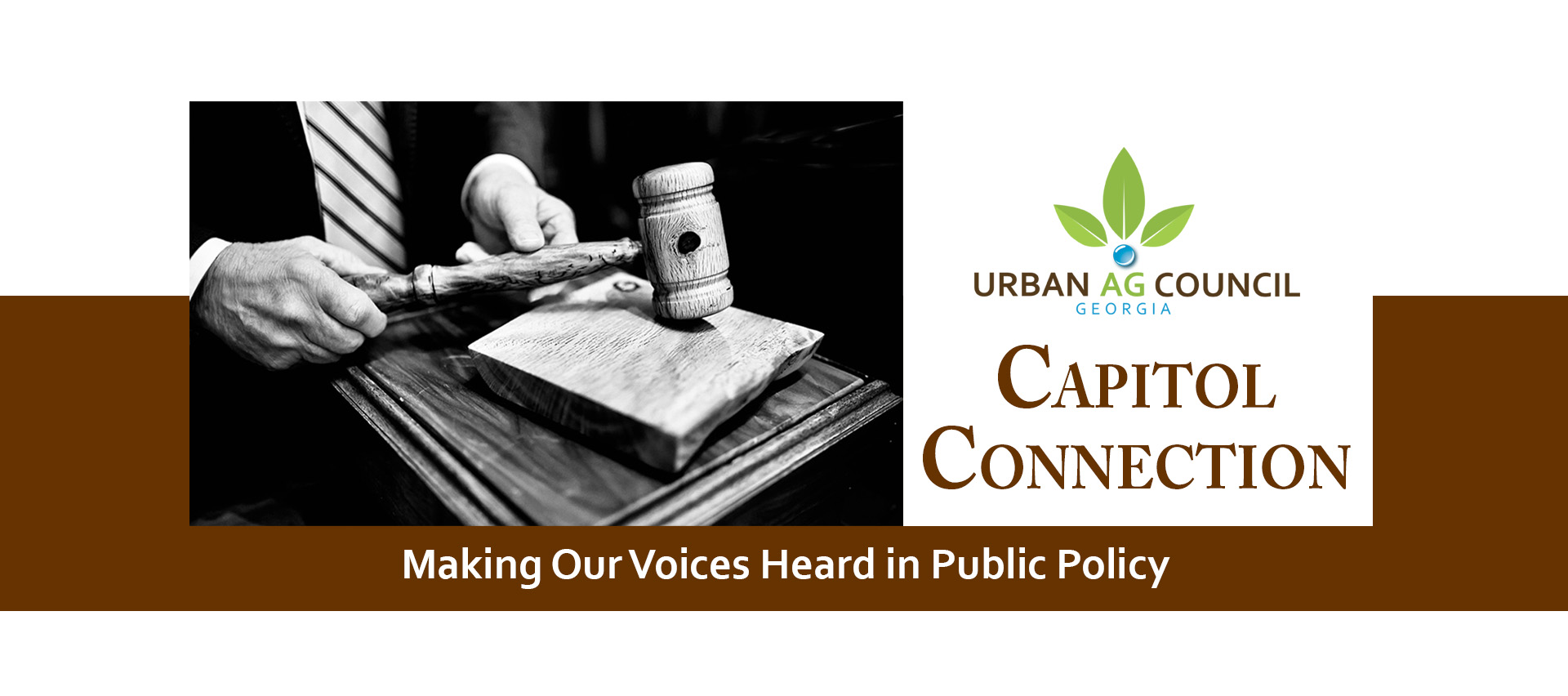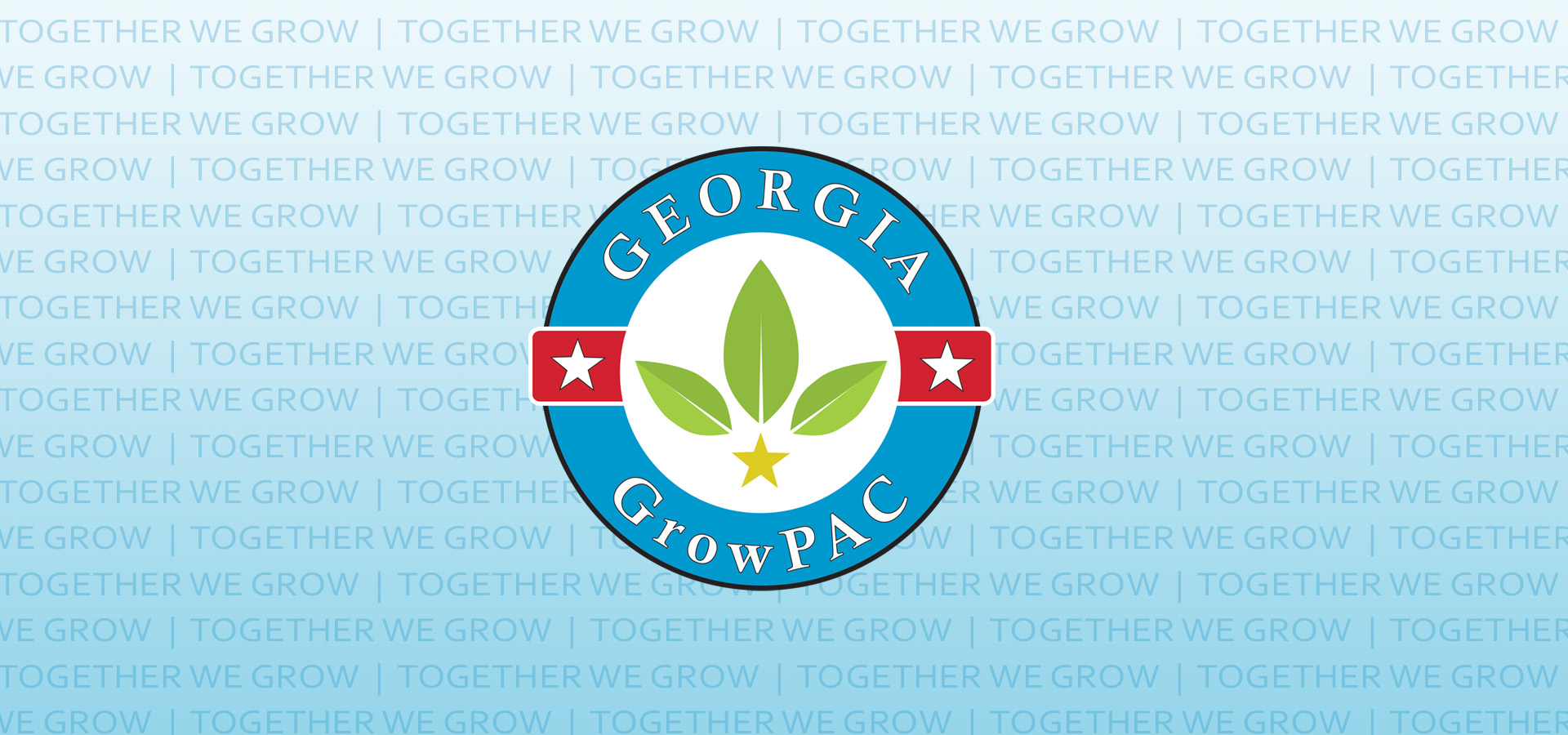7 ways to improve the user experience of your website
As a small business owner or marketing manager, you know that your website is often the first impression potential clients have of your business. Whether you’re running a law firm, an HVAC service, a landscaping company, or a multi-location accounting firm, your website needs to make a great first impression and be easy to use.
But here’s the thing: you’re busy running your business, and you don’t have time to become a web design expert. The good news? You don’t have to. By focusing on a few key areas, you can significantly improve your website’s user experience (UX) without needing a degree in computer science.
Let’s dive into seven practical ways you can make your website more user-friendly, which can lead to more inquiries, more clients, and ultimately, more revenue for your business.
Have you ever left a website because it took too long to load? Your potential clients feel the same way. A slow website is like a slow cashier – it frustrates people and makes them want to go elsewhere. Run your website through the Google PageSpeed Insights tool to get an idea of how you’re doing.
The report will first give you a mobile speed, which you want the “Speed Index” number to be below 5, then you’ll have a tab for Desktop, and you want that speed index under 2. Don’t get too caught up in this tool – there are a lot of numbers and colors, and all that really matters is the total website load time. The mobile speed is always slower because the tool emulates a slow mobile connection, so don’t get too upset if that’s not great.
Here are some easy ways to speed up your site:
These days, more people are accessing websites on their phones than on computers. It’s not enough to assume your website looks good on mobile – you need to test it yourself.
Here’s what you can do:
Remember, your mobile site isn’t just a shrunken version of your desktop site – it needs to be tailored for the mobile experience. Test your site regularly across different devices and prioritize your key conversion pages to ensure customers have a smooth, frustration-free experience.
Your website visitors need to understand exactly what you offer. Vague or incomplete information about your services can drive potential clients away.
Here’s how to create effective service pages:
Making your website accessible isn’t just good for business – it’s the right thing to do. Plus, it’s not as complicated as you might think.
Here are some easy ways to improve accessibility:
Read more:
If visitors can’t find what they’re looking for on your site, they’ll leave. Simple, intuitive navigation is key to keeping them around.
Try these navigation best practices:
You don’t need to be a data scientist to use website analytics. Even basic data can give you valuable insights into how people are using your site.
Here’s what to look at:
Many website platforms have built-in analytics, or you can use a free tool like Google Analytics.
Read more:
Good content organization helps visitors quickly find the information they need.
Here are some tips:
Conclusion
Improving your website’s user experience doesn’t have to be complicated or time-consuming. By implementing these seven practical strategies, you can create a website that’s not only more user-friendly but also more effective at converting visitors into clients.
Remember, your website is often your first point of contact with potential clients. By making it fast, truly mobile-friendly, clear about your services, accessible, easy to navigate, data-informed, and well-organized, you’re setting a great first impression.
Ready to take your website to the next level? Start with one or two of these strategies and see how they impact your site’s performance. Your future clients (and your bottom line) will thank you!

With over 15 years of experience in digital marketing and search engine optimization, Kevin Bossons has grown from an SEO contractor to Senior Digital Strategist at WT Digital Agency.
Contact WT Digital today for a free website audit and personalized improvement plan.








